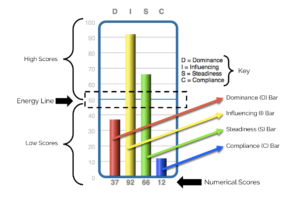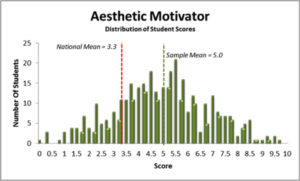
Understanding Indigo: DISC
Whether you’ve taken the IndigoPathway quiz or not, DISC scores can have a huge impact in helping you understand different aspects of your personality. DISC is an acronym that stands for Dominance, Influencing, Steadiness, and Compliance, the four categories that make up a person’s DISC results. Learn more in this post.

